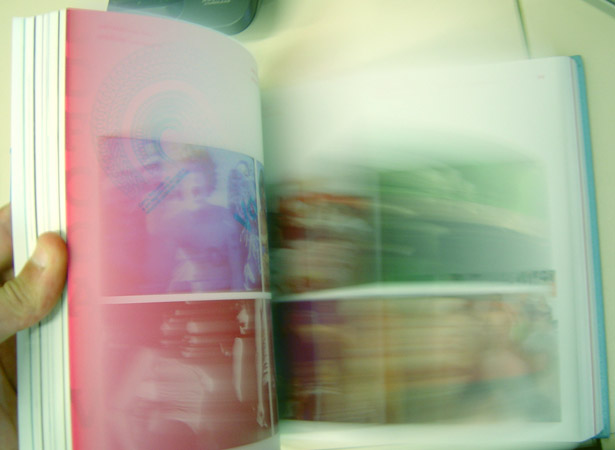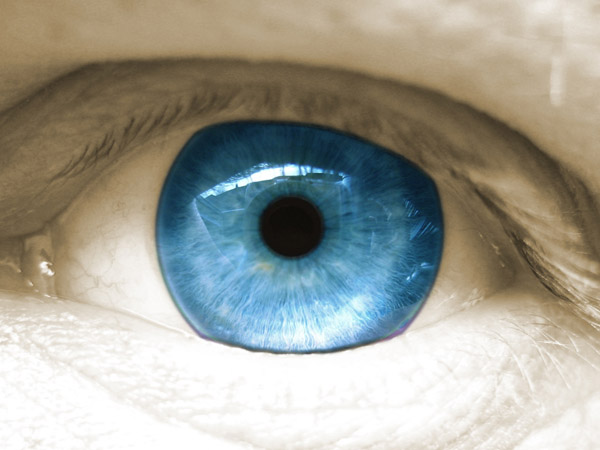 Not every company or designer has a lot to say. There are people who believe in letting a product or service speak for itself, and there are some folks who just downright don't talk much. Sometimes this can translate over to the web via sites that aren't extremely heavy on content.
Not every company or designer has a lot to say. There are people who believe in letting a product or service speak for itself, and there are some folks who just downright don't talk much. Sometimes this can translate over to the web via sites that aren't extremely heavy on content.
The truth is, if a site isn't a blog or magazine, there may not be a ton to say. With blogs, there are articles for days and pictures and resources and things. Some companies that have been around for ever and have tons of products, but most don't. Even if you do prepare for lots of content, you should probably scale it down as not to scare an audience.
An issue that pops up a lot with these content-light sites is the way in which it's presented. Most times, these websites are extremely boring, informational and have very little purpose. That makes it hard to get people interested in your site and learning more about your product or service. In addtion, you're not going to get people returning or suggesting the site to friends.
What can you do to add some purpose? Whether you are a designer with a portfolio site or just a brand new company, you've got to add some purpose and 'jazz' to your website. A website can make or break you with potential customers, so you want to make sure you put the best foot forward.
What is purpose?
There has to be a reason you are creating a website. You don't just create an online presence for fun. And if it is for fun, then that is your purpose. Knowing this in a clear way is going to help you with your online presence. Distinguishing yourself and clarifying your purpose is integral in successful branding. Without that, you have nothing — you can't build successful customer relationships, sell your product or even be trusted. Having and knowing your purpose and the purpose of your website has to be the first step in maximizing.
So, how do you start?
Add interactivity and excitement
I know you have seen a website or page that was flat out boring. It's nothing exciting about clicking a link and seeing it just chug along to the next page. There's nothing fun about staring at text and a few pictures in a cookie-cutter layout. For some odd reason, when websites are light in content, it's as if people don't even try to be exciting with what they have.
That's unfortunate because these are the best and easiest sites to add fun and excitement. We already know you don't have much content, so find a great way to present it. Presentation is a large reason why people interact with things the way they do. If you want to attract an exciting bunch, then you've got to bring your own excitement.
There are tons of effects that make page transitions interesting. You can choose to use Flash or jQuery or whatever you feel most comfortable with. These effects aren't just cool but they make people continue coming back to your site and share your site.
In this day and age, the Internet exists to make sharing things easier. This is why social media is popular — Twitter, YouTube, Google+, FaceBook and more. All these sites make sharing easier and if your website is exciting enough, then it will be passed along what seems like the endless world wide web.
Add visuals
In referencing "content", many people tend to believe we're discussing the amount of copy on a website. While that's true, content also involves pictures and video. When your copy content is low, people tend to go low on the visuals as well. I say do the exact opposite.
If you're lacking in one area, attempt to make it up in another. I see many of these low content sites just give up on making a great website because they feel like there's nothing to use. Adding visuals can be as easy as picking up a photographer, a graphic designer, or even using some stock video or photo. Let the creativity flow and make something worth viewing.
We live in a visual time and lots of pictures and visuals are not detrimental to your purpose. People want to see what they're about to purchase or what type of services they are about to receive. Not just that, but people want to be able to experience as much as possible. If visuals are not a part of your website's purpose or content structure, you are giving yourself the best possible chance of failing.
Schedule call backs and appointments
You can guarantee that someone is going to go to your website to try and contact you — at least you hope they will. Every website has a contact form. You can place a contact form on your website to get people to drop in their information, and you'll get to them when you get it. It's a working idea, but it seem like there's a small stigma that contact forms are just ways for e-mails to die.
As a matter of fact, this past week, I used seven different contact forms to contact individuals and companies, as that's the only option I'm given. Four whole business days later, I've only heard from one person. People are haphazard when using contact forms, fill in all that information and then never receive a response.
Giving someone the ability to actually schedule a time for someone to call them is a lot more attractive than taking a shot in the dark with a contact form. Allow your audience to get online and schedule time with you, rather than having them hope and pray you get back to them. This gives you a good time (or times) to get in contact with them. If you really value your potential customer, scheduling the callback or appointment is easy for you.
You may be one of those people that has no problem responding to e-mails. That's fine, too, but the idea of actually scheduling time and having a purpose sits a bit better with people. It makes them feel important.
Logins and sign ups
If you can find a way to add visual excitement to your website, you don't necessarily have to put all your good content out in the forefront. Even sites with tons of content don't do that. So, having a way for people to sign up and subscribe to your content is a good way to get them more interested in your purpose.
Sign-ups, via e-mail or mobile or what have you, don't have to be just about your company. Again, the reason people use the web right now is to share what they find. There are many ways you can use your list whether that be to make some extra money or share your own exclusive content. Whatever you do, having this feature isn't to flood your list but to reward them for signing up. Give them things they can't get elsewhere. Give your list great things so that others will want to be part of it. Having this exclusivity can add or enhance your purpose.
Having a list is great and providing a log-in function can be great too. While I believe it can be utilized better for creatives, any company can use it. For example, as designers, we may have a hard time keeping up with our individual clients. Give them a log-in on your website that allows them to always access their deliverables, receive new quotes, and even check the progress on their new projects.
Conclusion
The idea of having purpose is not to create a reason to have a website, but ways to enhance the actual purpose of what you do. You may be a designer with a portfolio who wants to gain clients or you may be a small business with one brand new product. Whatever you do, you've got to make your purpose consistent from your person to your printed brand to your online presence.
These ideas can help you grow and can help understand your brand. Often, people feel useless because they don't have a ton of content to put in people's faces. But, the best thing is make sure you have something clear and purposeful in their faces, no matter if your content heavy or light.
How do you add more purpose to your websites? How likely are you to deal with a company with no purpose? Let us know in the comments.




















